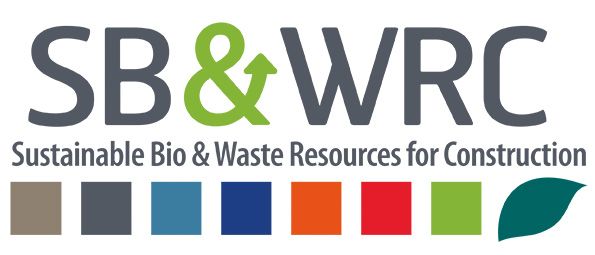Given its capacity to deliver tangible benefits, the circular economy is a key initiative for Responsible Futures. Rather than the traditional linear economy where we make, use and dispose products, a circular economy focuses on keeping resources in use for as long as possible, extracting the maximum value from them while in use, then recovering and regenerating products and materials at the end of the lifecycle. We are interested in designing out waste and pollution, building longevity into product design and helping to regenerate natural systems.
“A true circular economy requires the re-design of systems, services, new materials, products, buildings; whole cities even. I believe it will be the designers and architects, as well as the makers and constructors, who will step up to this important task. We have the knowledge now. We know what to do. For example, we can currently recycle or re-use 95% of the material that makes a smart phone. We just choose not to”. Duncan Baker-Brown, Senior Lecturer and architect.
Examples of public engagement with the circular economy agenda
WasteZone symposium and exhibition
Responsible Futures sponsored the WasteZone symposium and exhibition at Europe’s largest construction fair in 2018 and 2019. Curated by Duncan Baker-Brown from the University of Brighton, the symposium featured over speakers from around the world discussing innovative design solutions for cleaning up toxic materials, end-of-life strategies for new products and best practice in the circular economy.
Find out more about WasteZone 2018.
Find out more about WasteZone 2019.
Current project: SB&WRC Project
Fostering a circular economy in the construction sector

The Sustainable Bio & Waste Resources project for Construction (SB&WRC) focuses on designing and producing prototypes of thermal insulant for buildings, made from biobased and waste-based raw materials. The prototypes will be produced from agriculural coproducts (rapeseed and corn stems, with elements from pith), textile waste and terracotta waste, and wheat straw. The project proposes new solutions that both reduce CO2 emissions and preserve natural resources such as construction minerals used in the production of the most widespread insulants. The project also aims to raise French and English construction stakeholders’ awareness of the advantages of these materials.
The SB&WRC project is supported by the European program Interreg VA France (Channel) England and receives financial support from the ERDF.
Join the online community to keep up to date with progress.
Award-winning and ongoing research project: The Waste House
‘There’s no such thing as waste…just stuff in the wrong place.’ This was the
maxim that guided the development of the University of Brighton’s Waste House,
which set out to discover how under-valued, so-called ‘waste’ material has
potential to become a valuable resource.
Now a permanent building at the University of Brighton, the Waste House is
a model of architectural ingenuity and a long-term test-bed for eco-friendly
construction ideas.
Researcher and architect Duncan Baker-Brown wanted to construct a contemporary, low-energy, permanent building, aiming to use over 85 per cent ‘waste’ material drawn
from household and construction sites. An early version was built live on Kevin
McCloud’s Channel 4 programme, The House that Kevin Built. Contributions and
support from across the city then brought the project to Brighton, with major input
from: the Mears Group; Cat Fletcher and Freegle; Brighton & Hove City Council;
BBM Sustainable Design; Greater Brighton Metropolitan College (previously
known as City College Brighton and Hove); the Building Research Establishment;
and the University of Brighton.
Materials that have gone into the Waste House include thrown-away bricks, ply
sheets and off-cut timber from other construction projects. The team also used
‘rubbish,’ including vinyl lamppost banners, old plastic razors and toothbrushes,
denim jeans, DVDs and video cassettes, which were slotted into wall cavities then
rigorously tested to see how efficient they were as insulation.
Building towards a responsible future for all of us, the Waste House gave
hands-on opportunities to young people studying construction trades,
architecture and design. Its message for the future was picked up by hundreds of
local school pupils who visited the construction site, while University of Brighton
students from disciplines across the university used the unique project for their
own studies.
It is now used daily by university staff and students and is open to the public for
pre-arranged visits and bookings.
Discover more about our efforts to foster cooperation in remanufacturing between the UK and China.
Find out more about our Responsible Futures initiatives.




